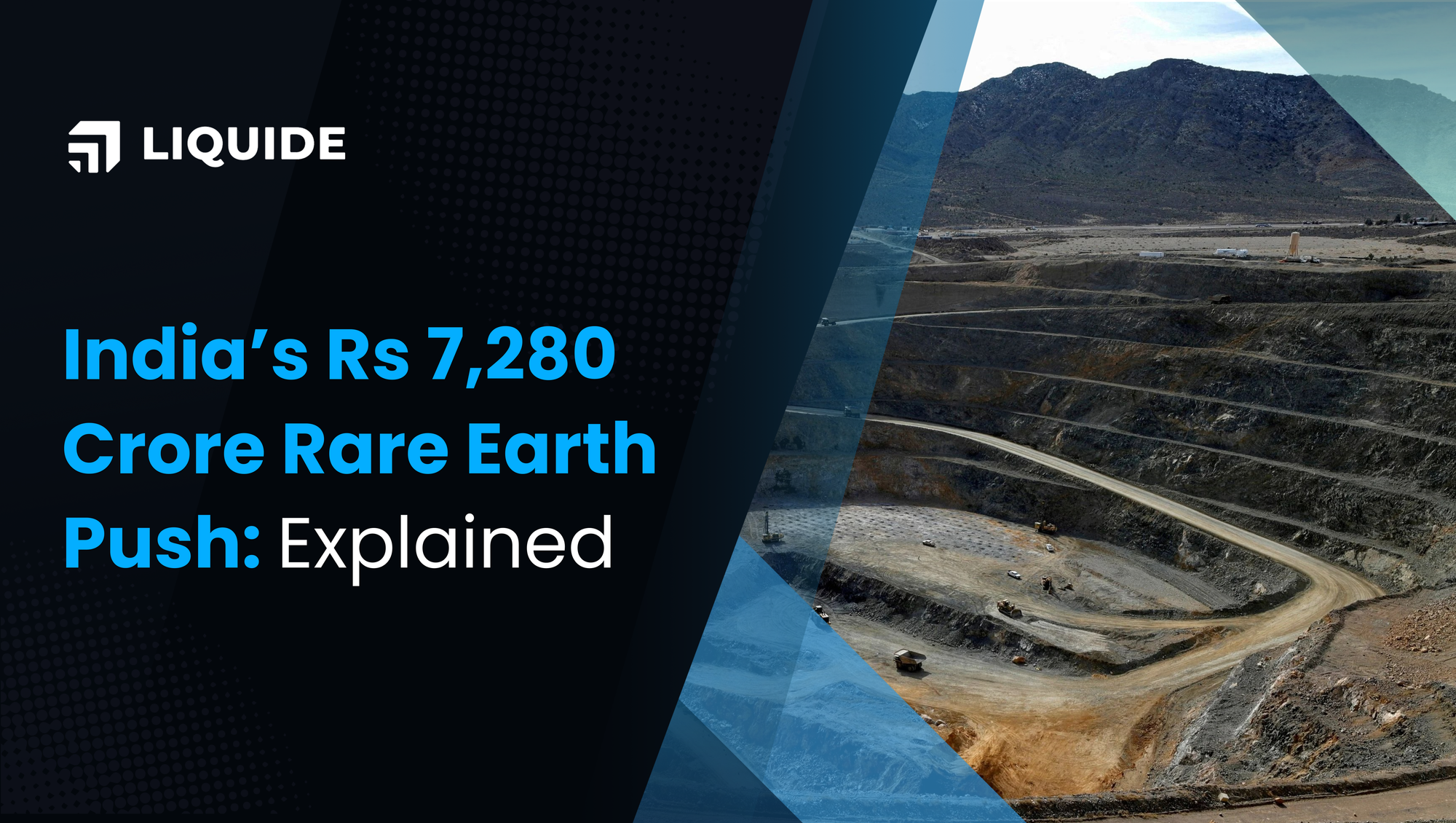India’s Rs 7,280 Cr Rare Earth Bet: What Investors Need to Know
The Indian Government has approved a Rs 7,280 crore scheme to boost domestic production of rare-earth permanent magnets (REPM), crucial for industries like EVs, electronics and aerospace. Explore the opportunities and challenges ahead for investors and businesses in this emerging sector.

India has taken a significant step toward strengthening its manufacturing sector with a Rs 7,280 crore initiative to boost domestic production of rare-earth permanent magnets (REPM). Approved by the Union Cabinet under Prime Minister Narendra Modi, this scheme marks the country’s first major effort to establish a fully integrated supply chain for these critical materials, which have long been reliant on imports, especially from China.
While this development opens up new opportunities for businesses and investors, it also comes with complexities and challenges that could impact profitability.
Why Rare Earth Permanent Magnets Are India's Next Big Thing
Rare earth permanent magnets power everything from electric vehicle motors to wind turbines, defense gear and smartphones. India's current REPM demand sits at 4,000-5,000 metric tonnes per year, projected to double by 2030.
Currently, India depends heavily on imports, particularly from China, which controls a significant portion of the global rare-earth market. This dependency became more worrisome when China’s recent crackdown on rare-earth supplies strained the global supply chain. This makes the government’s goal of self-sufficiency both timely and critical.
Breaking Down the Rs 7,280 Crore REPM Manufacturing Scheme
This scheme aims for 6,000 tonnes annual production via fully integrated facilities—from rare earth oxides to finished magnets. Under the scheme, five beneficiaries will be selected through a global competitive bidding process, each eligible for up to 1,200 tonnes per annum of production capacity.
Top Rare Earth Stocks in Spotlight: GMDC, Vedanta & More
Mineral miners like GMDC, Hindustan Zinc, Vedanta and NMDC are in the spotlight. GMDC, already focused on high-purity rare-earth oxides, saw its stock jump nearly 9% following the announcement — a sign of investor optimism.
However, the path forward is not without challenges. China currently dominates 90% of global rare-earth processing, despite holding only around 60% of the reserves. By flooding the market, China has long suppressed prices, making it difficult for new entrants to compete profitably. Think about this — India, with 7 million tonnes in reserves (ranking in the top 5 globally), produces just 1% of the world’s rare earths.
Investor Guide: Should You Bet on India’s Rare Earth Revolution?
The government’s push to boost India’s rare-earth capabilities could help stabilize supply chains in critical sectors like EVs, electronics and aerospace, making earnings in these industries less volatile. However, rare-earth mining and magnet manufacturing companies themselves may not yet be prime investment opportunities. Stocks that surge following such announcements should be carefully monitored for actual order wins, revenue growth and consistent cash flow before committing significant capital.
Achieving self-sufficiency in REPMs could take 3-4 years, creating a long path ahead with profits not guaranteed. A major hurdle is China's dominant pricing power, which has kept the costs of critical and rare-earth minerals low for years by ensuring supply consistently exceeds demand.
For investors, the potential rewards are enticing, but the timeline for returns is long and the risks are substantial. As the government continues to roll out its plans, it is essential to track the progress of companies involved in the initiative. The next few years will determine whether India’s rare-earth revolution will live up to the hype.
For now, exercise cautious optimism — and don’t bet the farm on a sector that’s still in its early stages of development.

